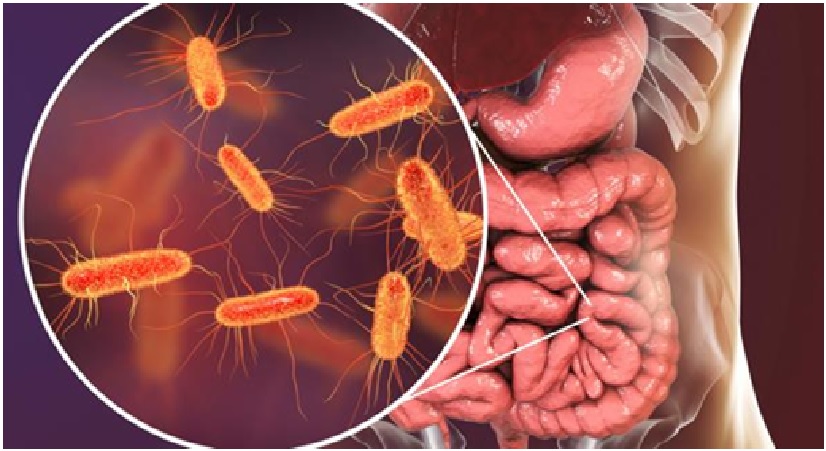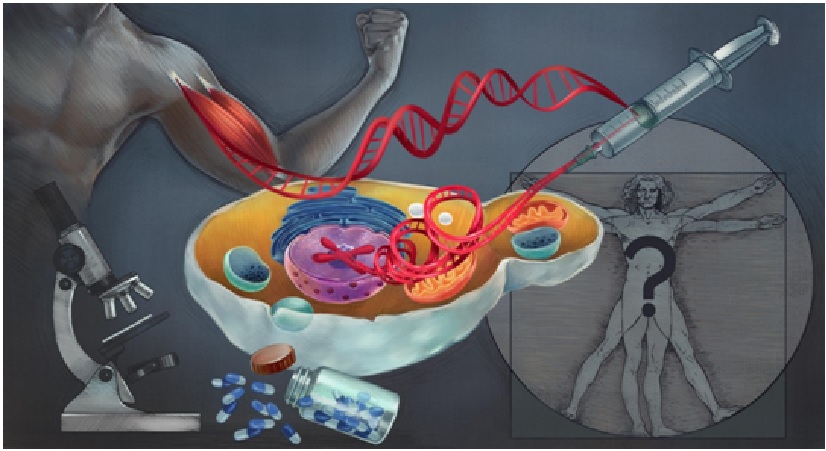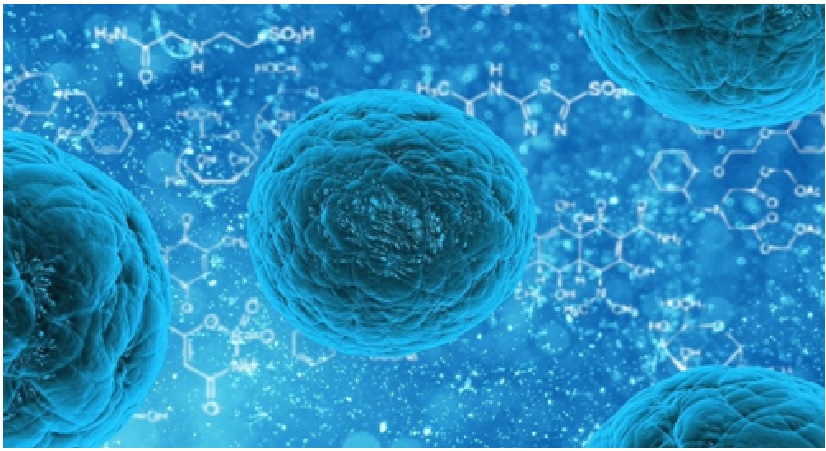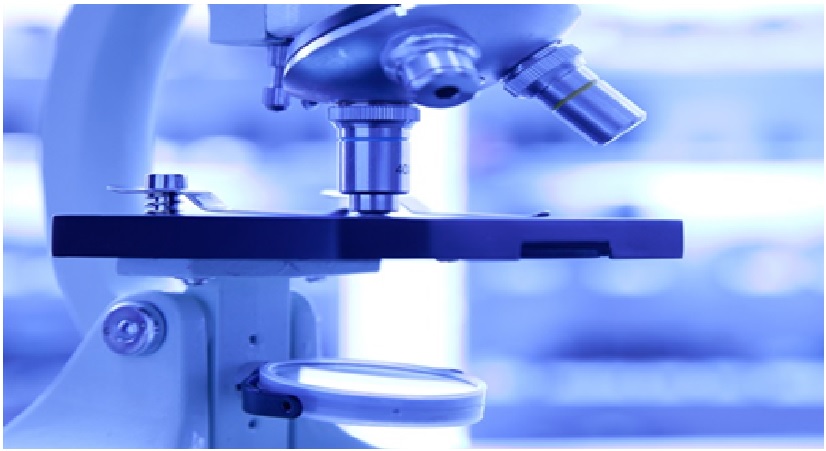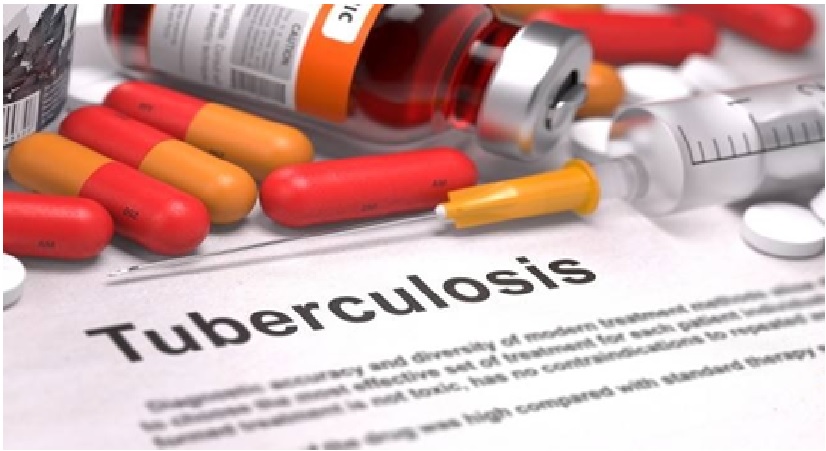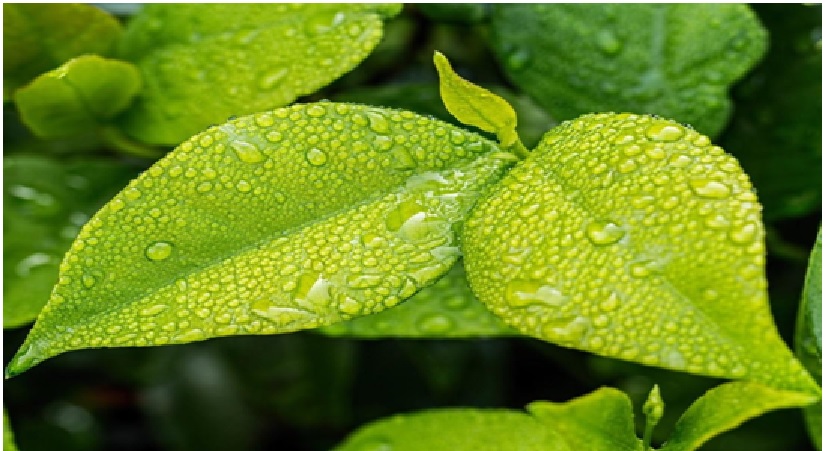Ridge-to-Reef Ecosystem Census Reveals Hidden Reservoir for Microbiomes
In a monumental field expedition, a team of researchers at the University of Hawai'i (UH) at Mānoa School of Ocean and Earth Science and Technology (SOEST) collected more than 3,000 samples of microbes and microbiomes present in the entire watershed of Waimea Valley on O'ahu, Hawai'i. Their investigation revealed three key discoveries: microbes follow the food web, most of the microbial diversity in a watershed is maintained within the soil and stream water, and the local distribution of a microbe predicts its global distribution. [1]
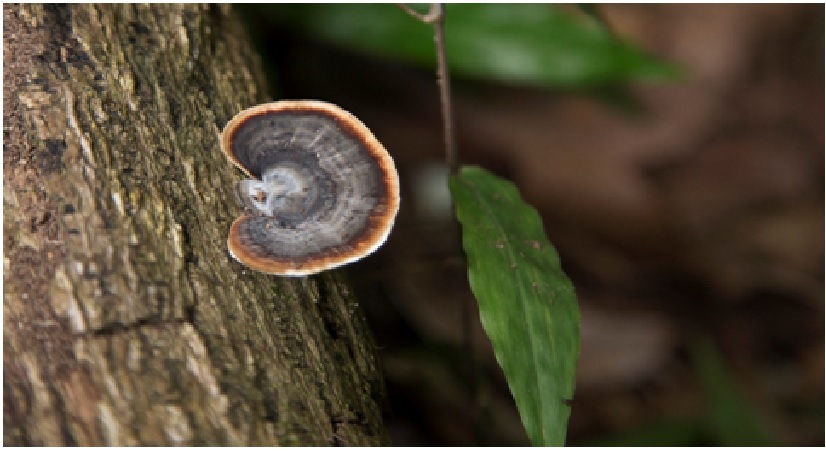
Figure 1. Ridge-to-reef ecosystem census reveals hidden reservoir for microbiomes
Figure 1 shows Plants and animals are each host to anywhere from dozens to thousands of different microbes, collectively known as microbiomes. They metabolize our food, detoxify contaminants, and help fight off disease. Microbes also occupy every habitat around us and run the machinery that sustains the air we breathe, the water we drink, and builds the soil under our feet. [2]
The analysis staff carried out a microbiome “bioblitz”—a close to full census of all environmental substrates and attainable hosts to microbes inside the watershed. They took samples from the moist summit of PuʻuKainapuaʻa, the low floodplain of Waimea Valley and even the clear waters of Waimea Bay. Researchers gathered samples from soil; stream and sea water; animals, together with rats, crayfish, mosquitoes, and sea urchins; and vegetation, together with timber, ferns, and algae; and far more. They extracted and sequenced greater than 800 million microbial DNA “barcodes,” to find out which microbes had been current the place. [3]
Both plants and animals need microbes to stay healthy. The recent work sheds light on the diversity and distribution of landscape-scale microbiomes, an approach enabled by the unique structure and habitat diversity of Hawaiian watersheds.
“Understanding the sources of shared microbial diversity in ecosystems will help us better understand the origin and assembly processes of symbiotic microbes and their role in biodiversity conservation and ecosystem services,” said Anthony Amend, lead author of the study and associate professor at PBRC. “If we want to restore native plants and animals in an area, we may also need to think about restoring the source environments for their microbiomes. Microbes are yet another way organisms are connected to the environment.” [4]
References:
- https://phys.org/news/2022-08-ridge-to-reef-ecosystem-census-reveals-hidden.html
- https://www.labmanager.com/news/ridge-to-reef-ecosystem-census-reveals-hidden-reservoir-for-microbiomes-28597
- https://newscentral.site/ridge-to-reef-ecosystem-census-reveals-hidden-reservoir-for-microbiomes/
- https://whatsnew2day.com/ridge-to-reef-ecosystem-census-reveals-hidden-reservoir-for-microbiomes/
Cite this article:
Thanusri swetha J (2022),Ridge-to-Reef Ecosystem Census Reveals Hidden Reservoir for Microbiomes, AnaTechMaz, pp.84



